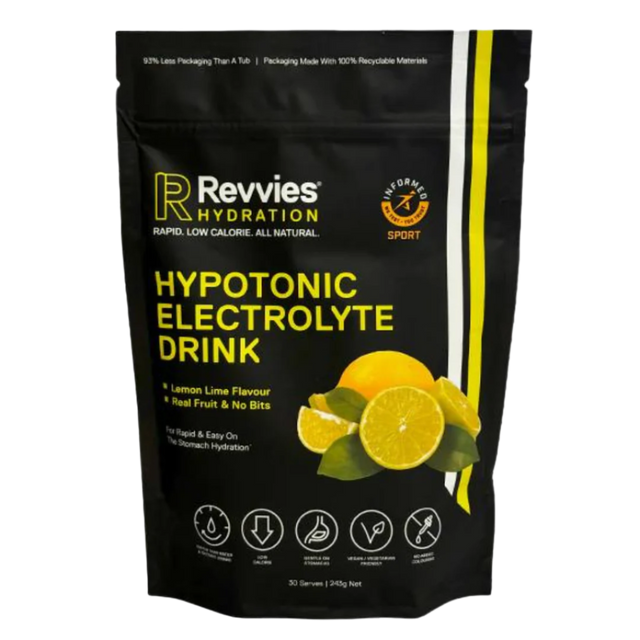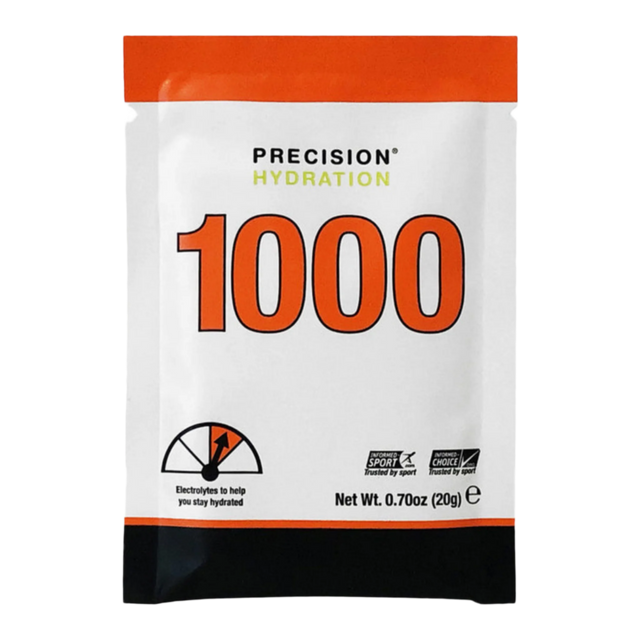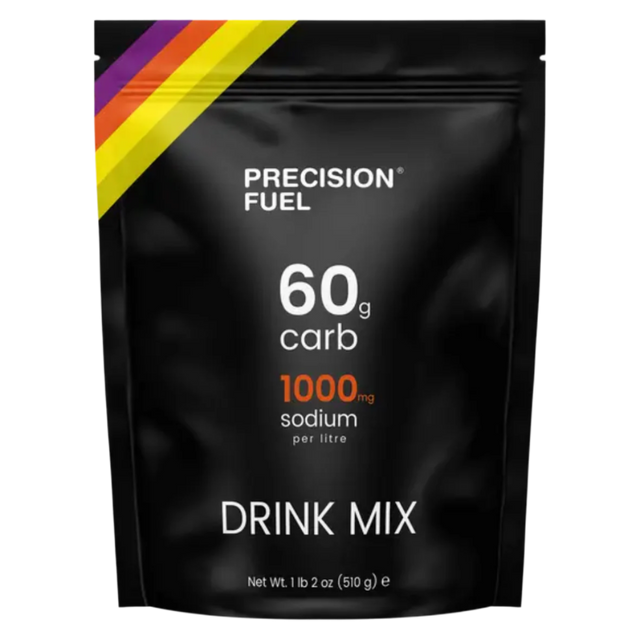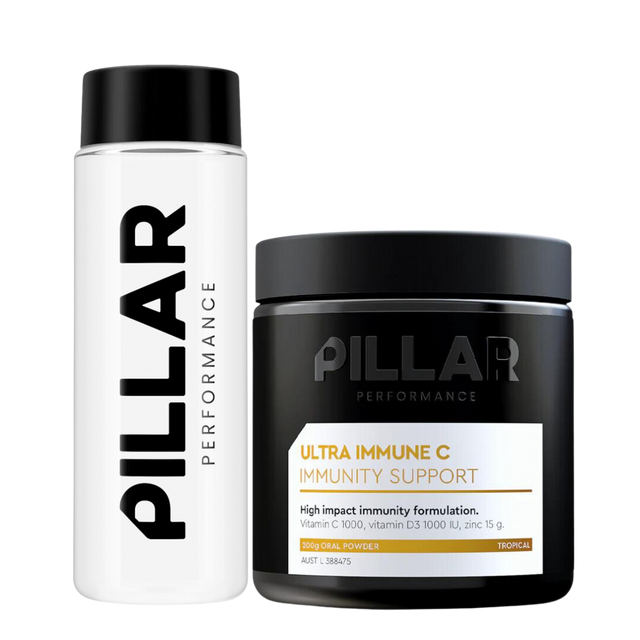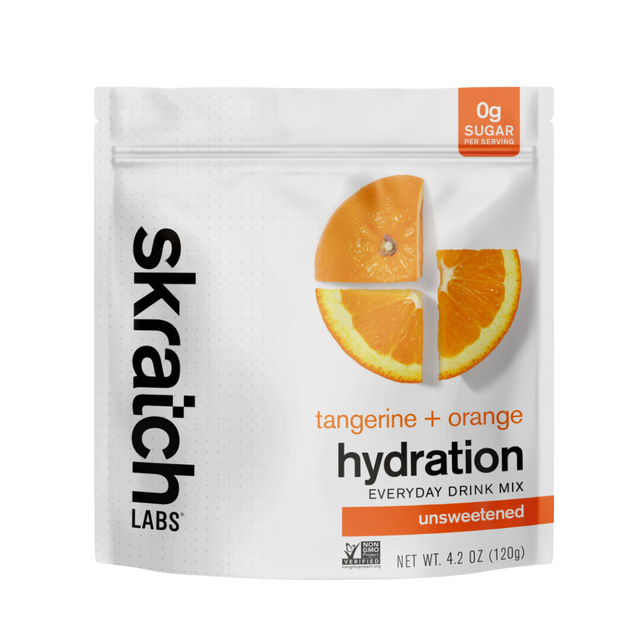Winter Training Tips for Athletes: How to Stay Fuelled, Hydrated, and Healthy in Cold Weather
It’s almost that time of the year in the southern hemisphere where we see athletes book their training holidays up north or look forward to the tropical race they’ve entered. For those staying grounded below the Tropic of Capricorn, let’s chill out with these training tips to keep us feeling winter-ful this chilly season.
Before we delve into some essential tips for surviving winter as an athlete, let's look into what actually happens at a physiological level during cooler conditions. During the cooler months our metabolic cost of training is actually greater compared to training in warmer temperatures. This is due to our bodies having to work harder to maintain our core temperature and warm the air we breathe in. Energy expenditure can in fact be 10-15% higher in cold weather for athletes who are lean (1).
Getting wet is sometimes unavoidable due to rain, snow or sweat, however it significantly exacerbates heat losses and therefore drives up our metabolic cost to working out. When we are cold our body involuntarily tries to keep us warm through shivering. Shivering can increase body heat production by up to 4 times. When we shiver, our bodies favour carbohydrates as an energy source over proteins and fats (2).
Hydration
Hydration is a nutritional aspect that needs to be intentionally planned out during the winter months. This is because in cooler climates our drive to drink or thirst sensation is downregulated. This is worrying since fluid requirements are actually higher in the cold compared to warm climates (3). Having a drink bottle with you at all times of the day can be a helpful reminder to rehydrate. During training set reminders on your watch, bike computer or team up with your training partners to remind each other to sip on your available hydration. For a liquid to be isotonic, meaning it’s rapidly absorbed in the small intestines, it needs to be around 275–295 mOsm/kg with moderate sodium (630–760 mg per liter) and 3-4% carbohydrates. Electrolyte mixes that come closest to this and support activate fluid absorption for optimal hydration are; A serving of Revvies Hydration Hypotonic Electrolyte Drink, Precision Fuel & Hydration PH 1000 Electrolyte Drink Mix , Precision Fuel & Hydration - Carb & Electrolyte Drink Mix, Skratch Labs Hydration Sport Drink Mix and Pure Sports Nutrition - Electrolyte Hydration all create the ideal pressure for fluid absorption.
Immune Supplements/Health
During winter the risk of developing upper and lower respiratory tract infections increases (5). Vitamin D, vitamin C, and zinc are known to support immune function (6). Pillar Performance has combined all of these in their PILLAR Performance Ultra Immune C. Take 1 scoop of Immune C with water everyday at the very first sign of illness. Avoid taking this around foods containing dairy.
Winter can often also mean less sun exposure. We can get small amounts of vitamin D through food such as egg yolks, fatty fish and fortified dairy foods, however our main source of vitamin D is through sunlight. Vitamin D deficiency is more at risk during winter than in summer. Vitamin D is important for bone health, calcium absorption, skeletal muscle function and recovery (7).
Winter athletes may be more at risk or Iron deficiency due to lower oxygen levels in the air if training at altitude (8). This places higher demands on our bodies' iron stores to assist with an increase in haemoglobin levels.
Getting a blood test every year to check vitamin D and iron levels is a good idea before looking to supplement.
Warm Food Ideas
Warm foods during winter not only help us warm up but also nourish our bodies and support digestion and gut health. Some convenient sports nutrition products that are recommended to be served with hot water include; Radix Nutrition Ultra Meals v9.0, or stay hydrated and warm with Naak's Salted Soup. Radix meals are ideal for the winter months, made on whole food ingredients to ensure you are adequately fuelled and recovered in cooler conditions.
Warm and Safe Apparel
Nutrition and hydration is important but so is staying warm and safe while training in winter. Aid Station has an amazing range of high performance winter apparel including; 2xu run gloves, Fractal M Series cap, Beanies, and Run lights.
Ash Miller
Dietitian and Nutritionist (Masters)
Bachelor of Physical and Health Education
Instagram: @ashthomo_nutrition
References:
(1) Jett Jr, D. M., Adams, K. J., & Stamford, B. A. (2006). Cold exposure and exercise metabolism. Sports Medicine, 36(8), 643-656.
(2) Shephard, R. J. (1993). Metabolic adaptations to exercise in the cold. Sports Medicine, 16(4), 266-289.
(3) Pitsiladis, Y. P., & Maughan, R. J. (1999). The effects of exercise and diet manipulation on the capacity to perform prolonged exercise in the heat and in the cold in trained humans. The Journal of Physiology, 517(3), 919-930.
(4) Maughan RJ, Noakes TD. Fluid replacement and exercise stress. A brief review of studies on fluid replacement and some guidelines for the athlete. Sports Med. 1991 Jul;12(1):16-31. doi: 10.2165/00007256-199112010-00003. PMID: 1925187.
(5) Mourtzoukou EG, Falagas ME. Exposure to cold and respiratory tract infections. Int J Tuberc Lung Dis. 2007 Sep;11(9):938-43. PMID: 17705968.
(6) Grant WB, et al. Evidence that vitamin D supplementation could reduce risk of Influenza and COVID-19 Infections and deaths. Nutrients. 2020;12(4):988. doi: 10.3390/nu12040988.
(7) Agoncillo M, Yu J, Gunton JE. The Role of Vitamin D in Skeletal Muscle Repair and Regeneration in Animal Models and Humans: A Systematic Review. Nutrients. 2023 Oct 16;15(20):4377. doi: 10.3390/nu15204377. PMID: 37892452; PMCID: PMC10609905.
(8) Clement DB, Lloyd-Smith DR, Macintyre JG, Matheson GO, Brock R, Dupont M. Iron status in Winter Olympic sports. J Sports Sci. 1987 Winter;5(3):261-71. doi: 10.1080/02640418708729781. PMID: 3453407.

